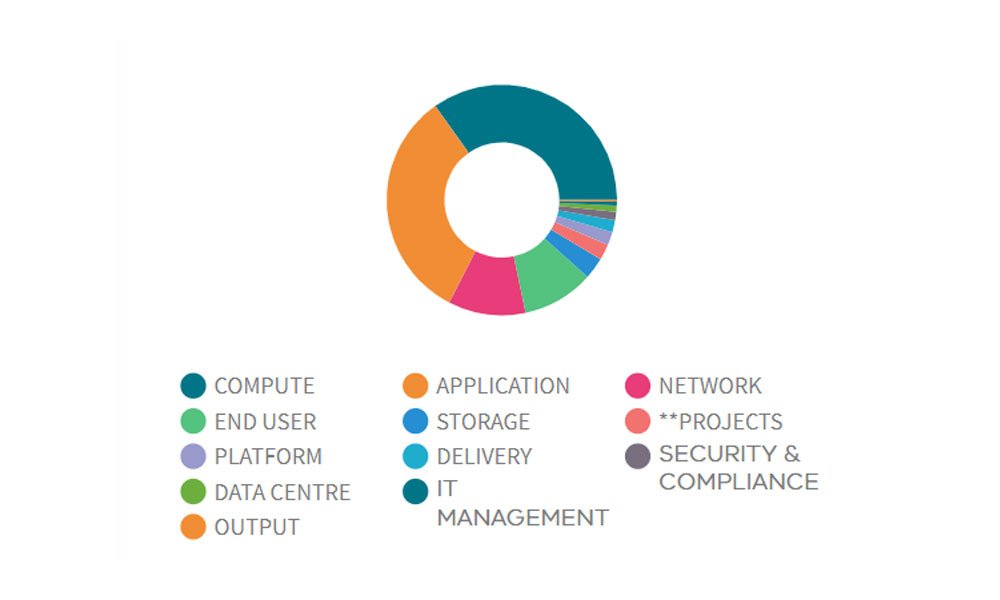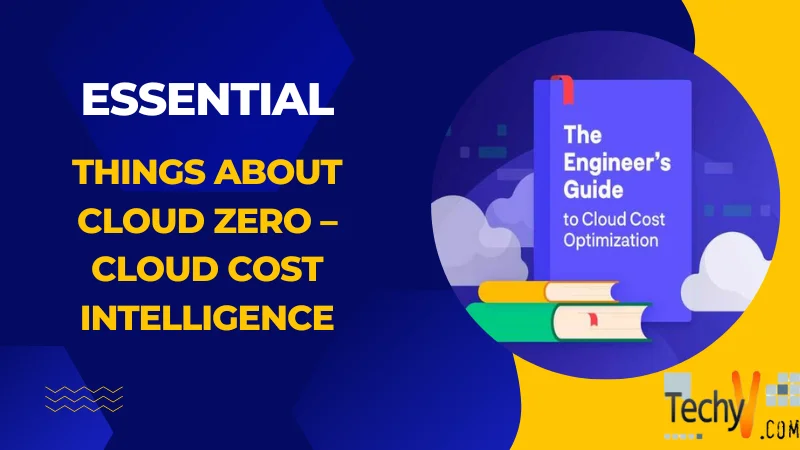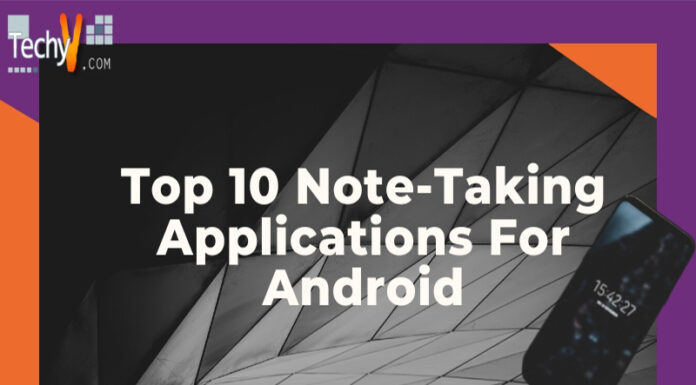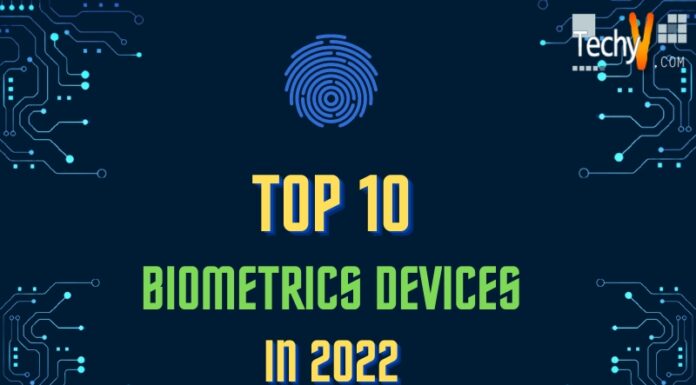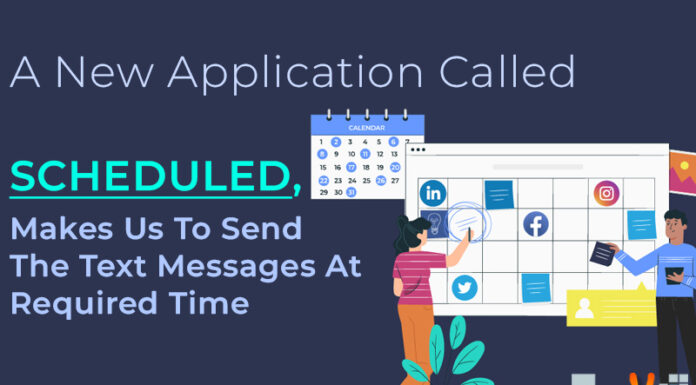What Is Cloud Cost Intelligence?
Cloud cost Intelligence is the price data lined up with your companies and stakeholders. Rather than of quickly telling you to split costs, it tells you where you are expending your money and more essentially what that means in the environment of your business.
Alternatively of quickly about the bill being “too high”, price becomes an critical data point as you describe trade-offs you could produce roaming from rewriting a characteristic to converting which pricing layer it be a member to.
Cloud cost intelligence runs with coordinate cloud costs to the standard that matter to everyone in your companies from an independent engineer to your CEO.
Essential Cloud Cost Intelligence Metrics
It’s a huge run to understand what cloud cost intelligence sees like and what you should be able to do if you have it executed, so let’s take an extremer look at some of the standard along the way that will be essential to insights. We will traveller these in the environment of the three core use cases that compose cloud cost intelligence.
Cloud Zero Assists Software-Driven Companies
- Moderate unit cost and COGS, with standard like cost per characteristics loke cost and evaluate rare spend.
- Grasp Kubernetes, multi holding, and more without losing cost resolution.
- Manage and forecast cloud costs throughout preparation, increase, and after sends.
Some Important Things
Control and forecast costs: Control and predict cloud costs from designing and development after delivery.
Measure Costs: Measure unit cost and COGS, with standards cost per feature or user.
Evaluate anomalous Spend: Allow engineering to examine cloud cost and detect anomalous spend.
Provide Understandings: Provide near actual-time understanding and variations alerts.
Help with cost-effective software: Help businesses manufacture cost-effective software.
Help with Cost Optimization: Use AI-driven variation detection, platform suggestions, and a loyal FinOps partnership to assist businesses save money.
Help with Engineering: Show engineers the actual-time cost effects of their manufacturing decisions and empower them to manufacture more effectively in the cloud.
1. Engineering Ownership Of Cost Drives Better Results
We also asked reporter whether they have a tradition of cost ownership (familiar o how engineering might own protection). We found that a robust cost aware tradition relates with better companies results, such as enhanced assurance in reporting correctly, better transparency, and less extreme spending.
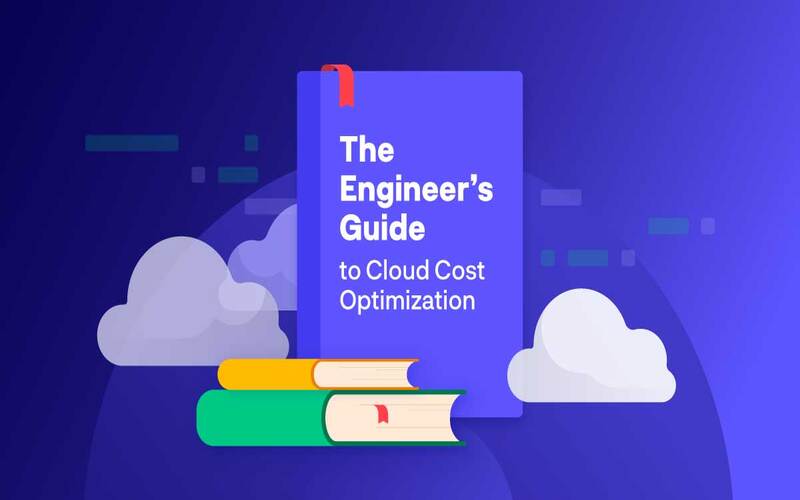
2. Finance And Engineering Are Teaming Up
Cloud cost is an error that affects both groups. Enterprises are asset in FinOps groups and sharing the obligation. Huge performance DevOps groups and sharing the performance. Huge performance DevOps groups are earlier considering cost before in the software lifecycle.

3. Huge Performing DevOps Are Considering Cloud Cost
Using the same standard as the yearly State of DevOps report, we asked engineers to choose where their enterprise opposed on the DevOps majority curve, involving elite, high, medium, and low. We found that tremendous and superior companies were inspecting cost more often and before in the software development lifecycle than medium and low player and a good particular that cost is compatible part of the fabric of DevOps.
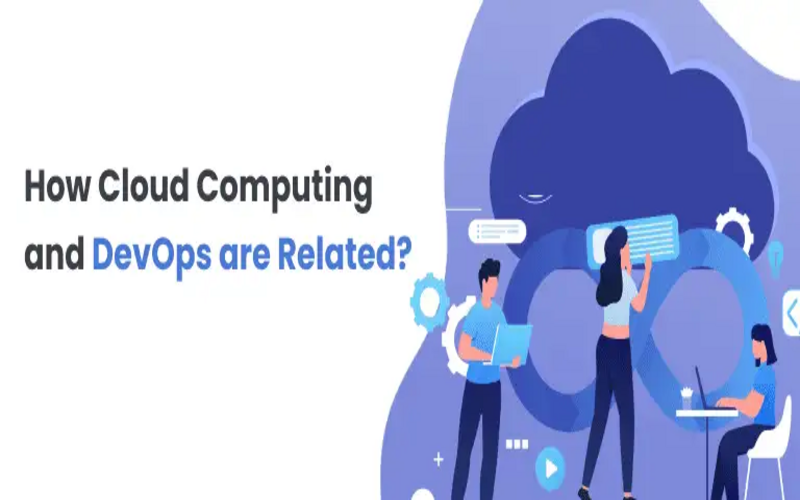
4. Engineering And Finance Share The Responsibilities
Most businesses are allocating significant resources to expanding their FinOps operations. 54% have a less one full-time person faith to organizing cloud spend. Better yet, a large majority (65%) of businesses view budget management as a shared choice between finance and engineering groups.
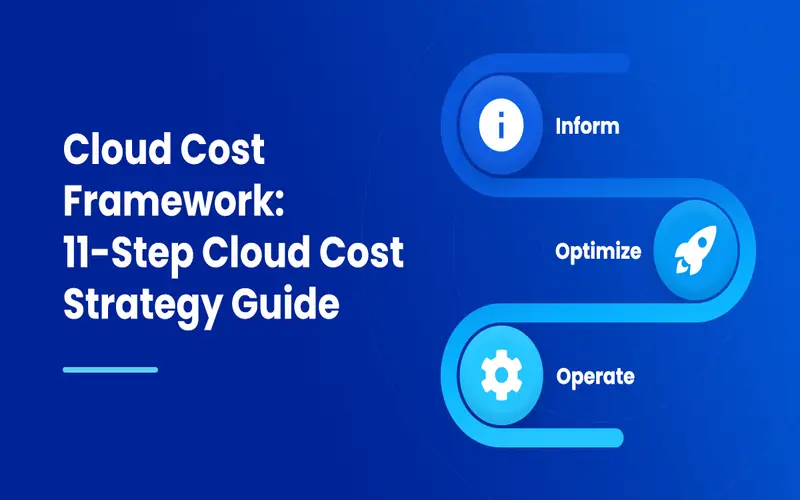
5. Breaking Costs Down
It is crucial to understand how much it costs to launch a particular feature or application, but this is not the only significant difference in cloud expenses. Every Enterprise is going to have cloud costs connected with search and growth. They will also have cloud costs relevant to interior systems that don’t create income. These are particularly companies’ expenditure in the same way that office space and coffee are. Still, they should be defeated out of the unit cost evaluates of particular applications and characteristics, because they don’t offer significant data about benefited a specific feature is.
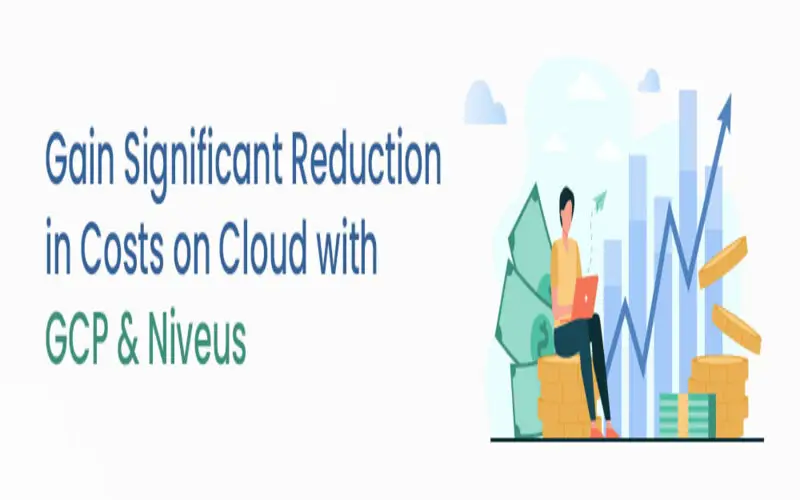
6. Robust Evaluation And Dashboards
Finance groups and engineers may speak distinct languages. Still, Cloud Zero’s complete evaluations and personalized dashboards ensure that stakeholder’s company vast have access to the data they required up to the CEO. The organisation used Cloud Zero to gain the essential transparency into critical financial KPIs, such as a more precise understanding of cost contracts by consumers. It allowed them to shift methods according to user types, thereby arising income expending extra engineering resources. That is why our users love the capability to dive vast into their cloud spending information an uncover fashions, and exception that could affect their bottom line.
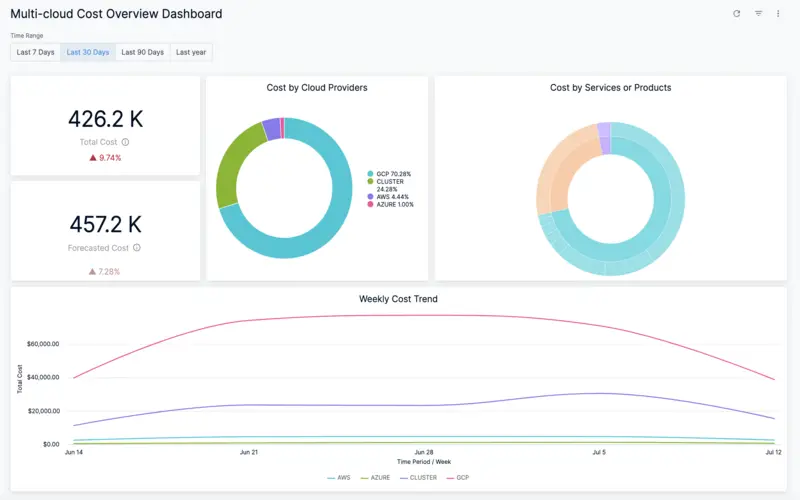
7. Cost Visibility
At the grand stage, cost visibility is looking at where and how money is being spent within an enterprise. The standard here can range from high-level finance or executive-level reviews for CFOs and financial evaluation to fine-grained engineer or executive-level for framework or DevOps groups. Since these can vastly rely on an enterprise requirement.
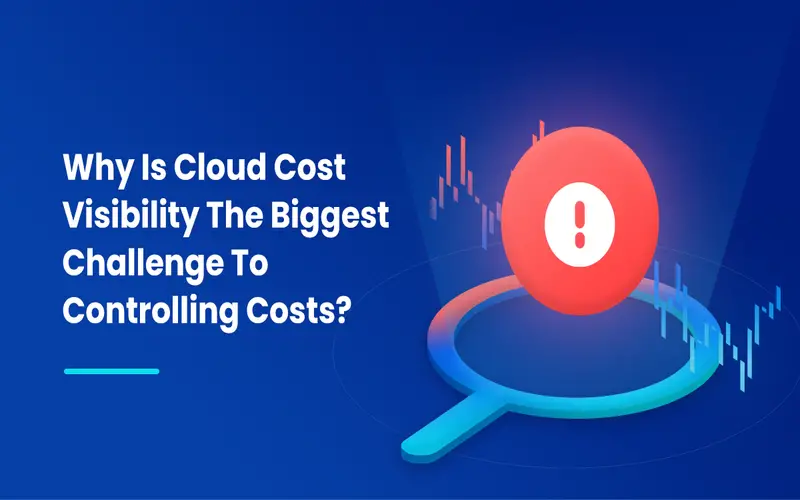
8. Cost Optimization
Cost Optimization is just that: how can the business superbly spend on the cloud manner? Optimal can termed as different things, but theoretically it’s before to understand as looking for paths to reduce wastage across the clous structure. The optimization stage is where many enterprises and independent search get to because they want to carry down their costs. It’s critical to have better price transparency to create this part of the job only more straightforward but viable in the first place.
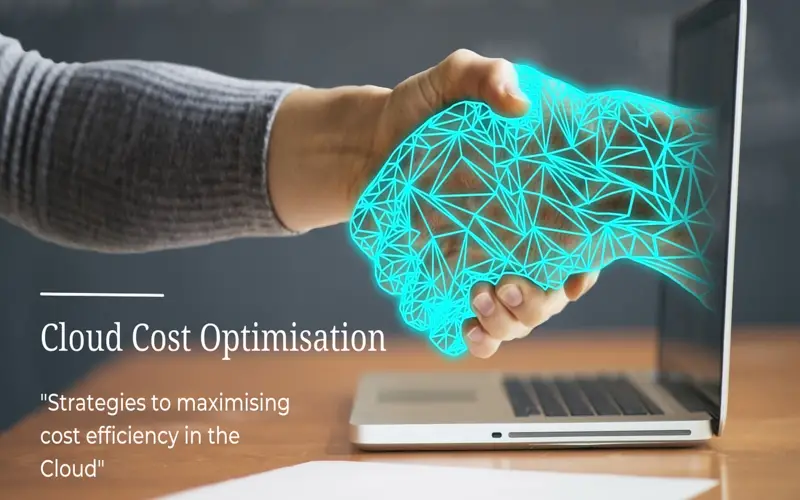
9. Cost Forecasting
Forecasting cloud costs is the holy object of cloud economics. How would it convert capacity organizing, budgeting, and bottom-line estimates to insights into the companies can skilled to spend on the cloud in a given future time frame? Cost forecasting looks to impose reasonable deviation for future cloud costs based on actual operation data and consumption designs. Generally, this is resolved with some sort of machine learning helps, but that’s beside the point. Let’s take a look at the essential measure to look at while predicting future costs.
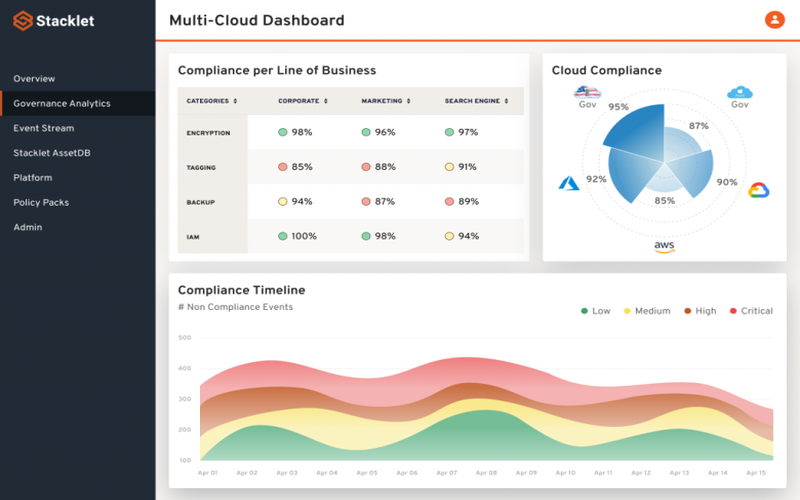
10. Clear Transparency Into Cloud Costs
Standard cloud levels provide primary cost observing, but Cloud Zero takes it an action further, offering unparalleled understanding into all phase of cloud spending. Users love the wealth of coarse details they have passage to with our platform. This stage of transparency allows them to examine costs per user, per feature, and even per agreement. At request base, it ultimately led to a 36% minimizing in yearly cloud spend, and support an engineering culture of cost autonomy.
